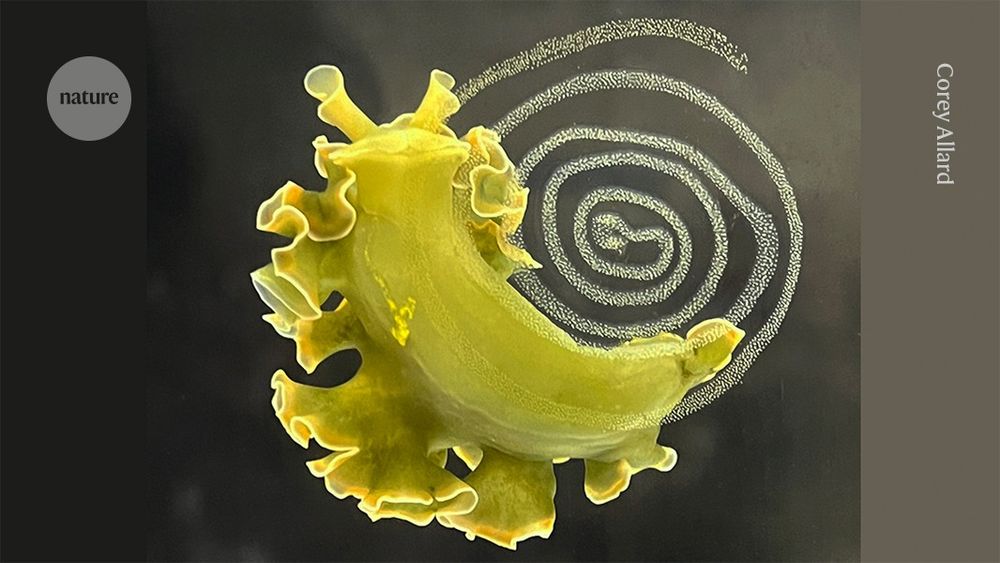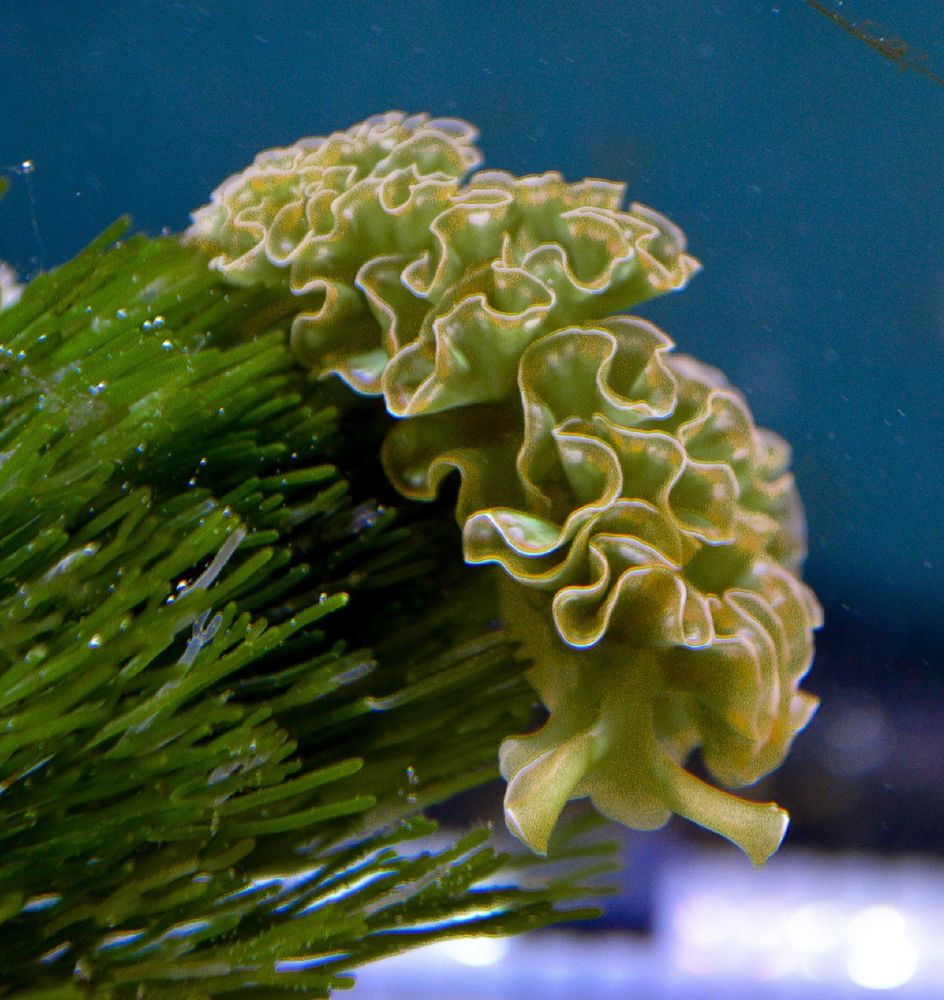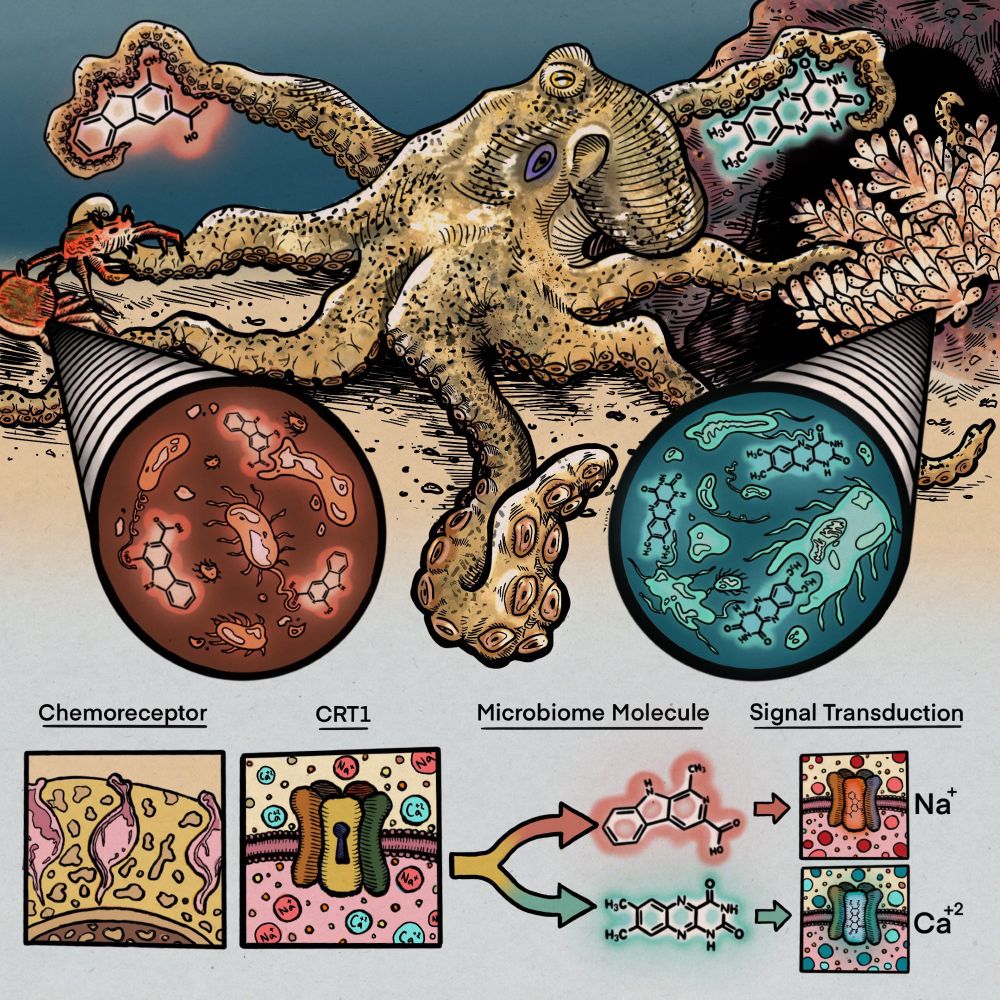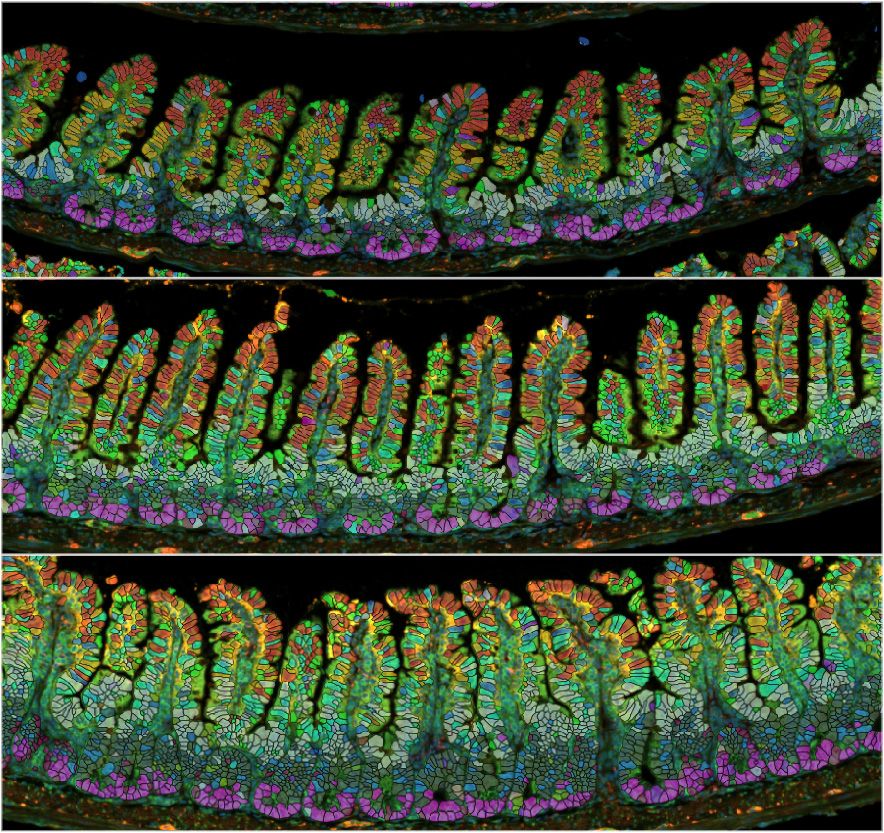Nicholas Bellono
@nbellono.bsky.social
140 followers
11 following
6 posts
www.bellonolab.com | Harvard MCB
Posts
Media
Videos
Starter Packs
Reposted by Nicholas Bellono
Reposted by Nicholas Bellono
Harvard_MCB
@harvardmcb.bsky.social
· Aug 14

Wendy Valencia Montoya – Bridging Natural History and Molecular Biology - Harvard University - Department of Molecular & Cellular Biology
By the time Wendy Valencia Montoya arrived at Harvard, she had already lived in tents deep in the Amazon, crisscrossed Europe to study evolutionary biology, and uncovered genetic […]
www.mcb.harvard.edu
Reposted by Nicholas Bellono
Harvard_MCB
@harvardmcb.bsky.social
· Aug 12

Ryan Nett Named Pew Scholar for Innovative Research on Plant-Derived Molecules - Harvard University - Department of Molecular & Cellular Biology
MCB faculty member Ryan Nett has been named a 2025 Pew Scholar in the Biomedical Sciences, one of 22 early-career scientists selected nationwide for their promising and innovative […]
www.mcb.harvard.edu
Reposted by Nicholas Bellono
Harvard_MCB
@harvardmcb.bsky.social
· Jul 1

Carolyn Elya Receives Prestigious Klingenstein Fellowship in Neuroscience - Harvard University - Department of Molecular & Cellular Biology
MCB congratulates Carolyn Elya, Assistant Professor of MCB and affiliate of the Center for Brain Science, on receiving a Klingenstein Fellowship Award in Neuroscience. This competitive early-career aw...
www.mcb.harvard.edu
Reposted by Nicholas Bellono
Harvard_MCB
@harvardmcb.bsky.social
· Jun 25

Solar-Powered Thieves: New Study Uncovers Animal Organelle That Sustains Photosynthesis from Stolen Chloroplasts - Harvard University - Department of Molecular & Cellular Biology
They look like crawling leaves, but these sea slugs are anything but ordinary. MCB Professor Nick Bellono calls them “the weirdest animal we’ve ever studied”—a bold claim from […]
www.mcb.harvard.edu
Reposted by Nicholas Bellono
Reposted by Nicholas Bellono
Harvard_MCB
@harvardmcb.bsky.social
· Jun 17
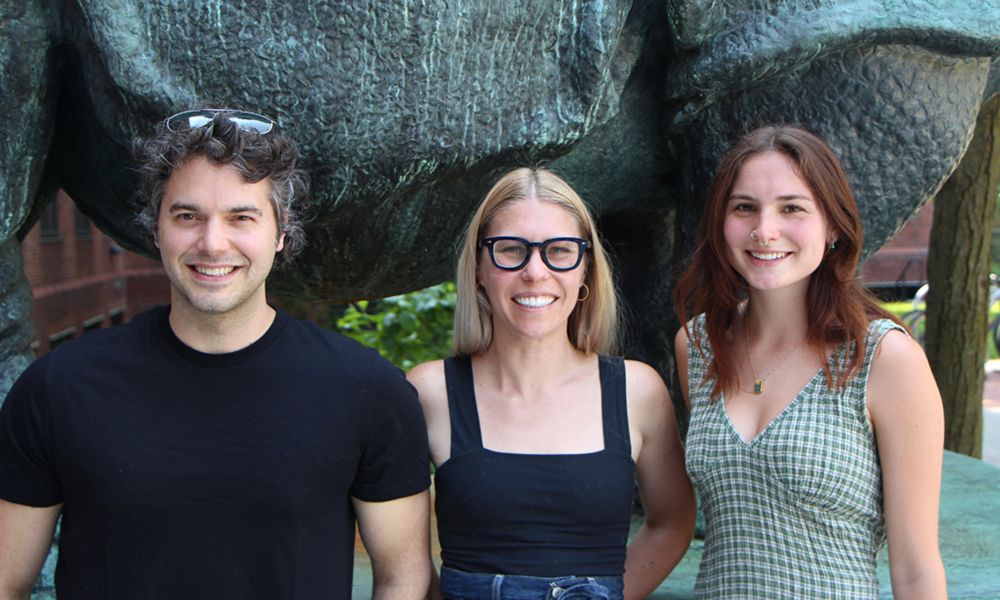
Octopuses Use Microbial Signals to Guide Complex Behaviors - Harvard University - Department of Molecular & Cellular Biology
A new study published in Cell from the lab of MCB faculty member Nick Bellono reveals that octopuses detect microbial cues on surfaces to distinguish prey and eggs […]
www.mcb.harvard.edu
Reposted by Nicholas Bellono
Reposted by Nicholas Bellono
Reposted by Nicholas Bellono
Reposted by Nicholas Bellono
Reposted by Nicholas Bellono
Reposted by Nicholas Bellono
Harvard_MCB
@harvardmcb.bsky.social
· Jun 3

Brittany Walsh Receives 2025 FAS Dean’s Distinction Award - Harvard University - Department of Molecular & Cellular Biology
Brittany Walsh, Research Assistant for the Bellono Lab, has been named a 2025 recipient of the FAS Dean’s Distinction Award, one of Harvard’s highest staff honors. The award […]
www.mcb.harvard.edu
Reposted by Nicholas Bellono
Harvard_MCB
@harvardmcb.bsky.social
· Apr 17
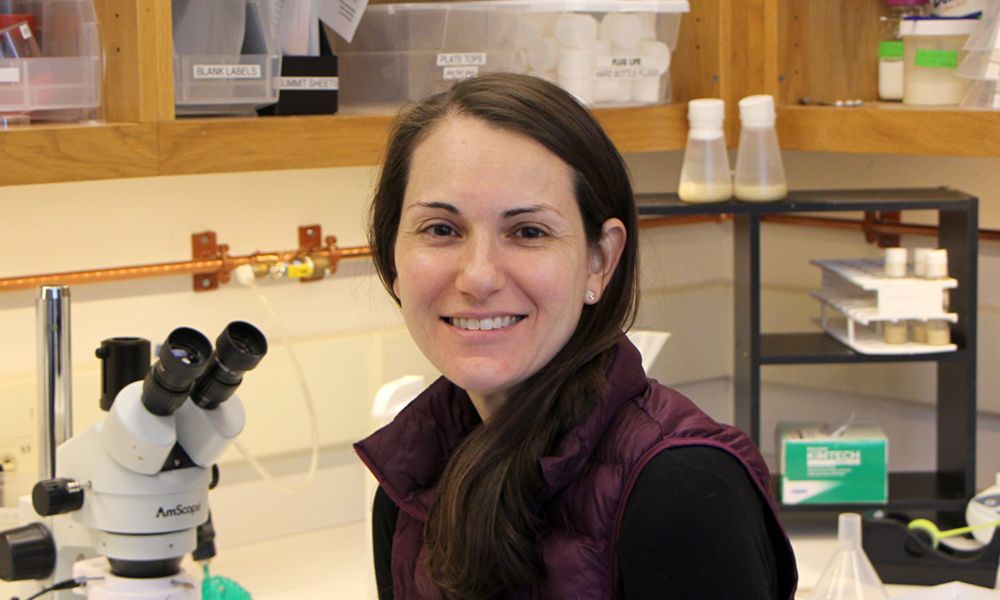
Carolyn Elya Named a 2025 Searle Scholar - Harvard University - Department of Molecular & Cellular Biology
The MCB Department is delighted to announce that MCB Assistant Professor Carolyn Elya has been selected as a 2025 Searle Scholar. This prestigious award recognizes exceptional young faculty […]
www.mcb.harvard.edu
Reposted by Nicholas Bellono
Harvard_MCB
@harvardmcb.bsky.social
· Apr 10

MCB’s Daniel Cardozo Pinto and Wendy Valencia Montoya Named 2025 Harvard Junior Fellows - Harvard University - Department of Molecular & Cellular Biology
Harvard has named Daniel Cardozo Pinto and Wendy Valencia Montoya as two of its newest Junior Fellows, joining the prestigious Society of Fellows this year. They will begin […]
www.mcb.harvard.edu






